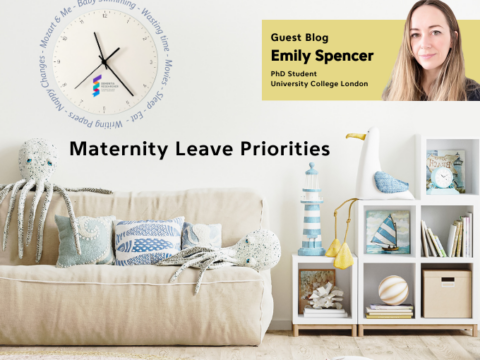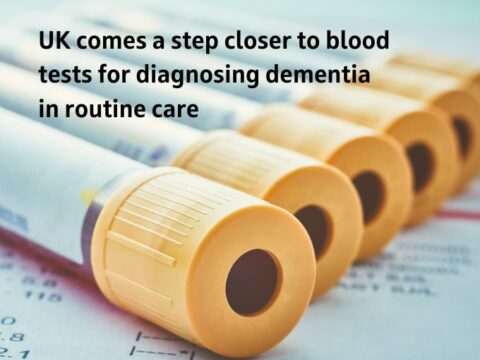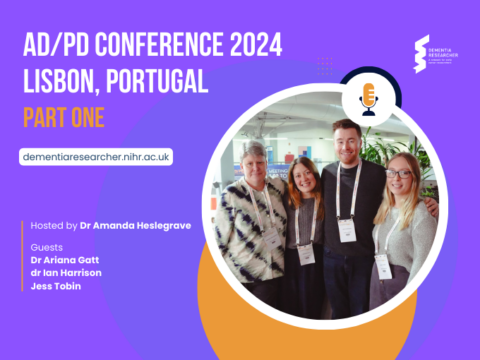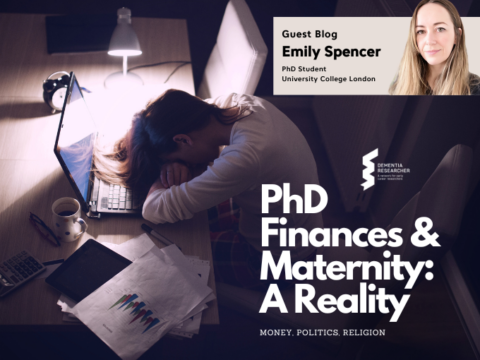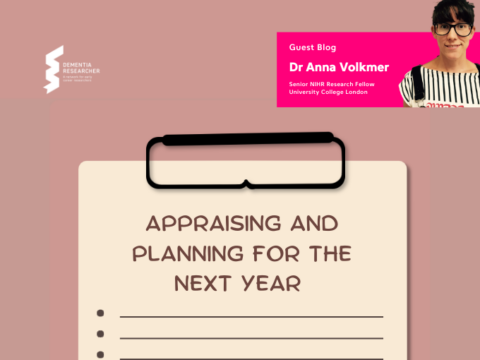Reflecting on how I got into my current work, the path has already been a long and interesting one!
I seemed to know I wanted to be a doctor since I was about 4 years old, perhaps because my own doctor was a friendly person who seemed to have fun doing the work he did. As I got older, medicine was what the “smart kids” at school aimed for, but I was not from a medical family and growing up on the Caribbean island of Trinidad I did not have much exposure to health care related issues in daily life, so it was really an interest in chemistry and biology that spurred me on. I had an ambition to go abroad for my university studies, and initially applied and was accepted to some good schools in the US. But I had what was, in hindsight, a life-changing telephone conversation with a friend of a friend who was a Cambridge medical student. He convinced me that I should apply to the UK to study medicine, and to Cambridge in particular as there were scholarships available for international students. I was bold enough to think I had a shot at getting one, and I did!
From there my love of the neurosciences began, with summer projects, 2nd year options topics and my 3rd year integrated degree in neurophysiology and psychology, to first being taught how to wield the tendon hammer at clinical school. I must confess that my exposure to dementia was limited throughout medical school, and I probably only encountered people with dementia consistently when I worked as a foundation year 2 doctor (two years after graduating) in a district hospital’s ward for care of older people. I learnt that having dementia was a major risk factor for having pneumonia and urinary infections that led to hospital admissions in which patients were taken out of their familiar home environments and thrust into the care of strangers, and I learnt that those same infections could completely alter the alertness and behaviour of an older person who hitherto had been thought of by their family as “razor-sharp”, and often such systemic disturbances could manifest just in this state of delirium. But in that context our focus was very much on dealing with the health and social consequences of dementia rather than on making the diagnosis.
 My first exposure to diagnosing dementia, and the sub-specialty of cognitive neurology, was as a core medical trainee (four years after graduating) when I was working on the wards at the National Hospital for Neurology and Neurosurgery, Queen Square. By then I had decided I wanted to be a neurologist, and a large part of that decision was to do with the logical approach to diagnostic formulation that neurologists take. I went on a ward round with a Dr Jonathan Schott (whom I would encounter again later!) and learnt that, just as in the rest of neurology, there were symptoms and signs that could indicate not just that a patient had dementia but give clues as to what type of dementia, and that this could link to the type of protein pathology in their brain! I encountered more people with younger onset, rarer forms and atypical presentations of dementia when I returned to Queen Square a couple of years later, as the registrar to the cognitive firm. Around that time I began to think of how I might contribute to research, and the complexities of cognitive neurosciences led me to consider my options in varied fields such as neurodegeneration, functional disorders and also more fundamental research into the function of the “healthy” brain. I knew I wanted to stay close to dealing with the whole organism (more specifically people), but remained curious as to whether I could hack it in a “wet” lab.
My first exposure to diagnosing dementia, and the sub-specialty of cognitive neurology, was as a core medical trainee (four years after graduating) when I was working on the wards at the National Hospital for Neurology and Neurosurgery, Queen Square. By then I had decided I wanted to be a neurologist, and a large part of that decision was to do with the logical approach to diagnostic formulation that neurologists take. I went on a ward round with a Dr Jonathan Schott (whom I would encounter again later!) and learnt that, just as in the rest of neurology, there were symptoms and signs that could indicate not just that a patient had dementia but give clues as to what type of dementia, and that this could link to the type of protein pathology in their brain! I encountered more people with younger onset, rarer forms and atypical presentations of dementia when I returned to Queen Square a couple of years later, as the registrar to the cognitive firm. Around that time I began to think of how I might contribute to research, and the complexities of cognitive neurosciences led me to consider my options in varied fields such as neurodegeneration, functional disorders and also more fundamental research into the function of the “healthy” brain. I knew I wanted to stay close to dealing with the whole organism (more specifically people), but remained curious as to whether I could hack it in a “wet” lab.
So I applied for a Wolfson PhD studentship in neurodegeneration at UCL that was being offered both to clinicians and non-clinicians. This unique programme was ideally suited to someone like me, who wanted to try out a few different things before settling on what I wanted to do for my PhD. In the first year I rotated through three different labs, all of which gave me exposure to different “wet lab” techniques like immunohistochemistry, immunoassays and cell culture. One of the projects was using a novel immunoassay technique, the Simoa platform, which had just been established at UCL as the first one in the UK. I helped to validate a commercially available assay using samples from a cerebrospinal fluid clinic run by the same Dr Schott who had previously been my supervising consultant on the wards. Seeing the potential in this technique to reveal interesting associations with dementia-relevant brain pathologies, we were funded by the Weston Brain Institute and Selfridges Foundation to undertake a study of blood and cerebrospinal fluid biomarkers in the Insight 46 study that became the basis of my PhD.
It was eye opening to work with participants in the Insight 46 study while also seeing patients at the cognitive clinic during my PhD. There could not be a greater contrast between these two groups. The Insight 46 participants were drawn from the MRC National Survey of Health and Development (the British birth cohort of 1946) and the majority of them at age 70-72 years were independently living, cognitively normal, and enjoying a wide range of work or leisure activities while interacting with family or community members. However, many of the patients attending the cognitive clinic had young onset progressive deterioration in skills encompassing memory, judgement, visuospatial processing, language and behaviour, which had already begun to affect their function in society and their ability to care for themselves. The Insight 46 participants have been in a research study since the week of their birth, and there is a real altruism to the amount of time and effort they have committed over the years. It’s amazing that 30% of them provided cerebrospinal fluid at age 72-74 years purely for research purposes! Conversely, in the diagnostic CSF clinic I helped to run for the clinical service, the patients undertake lumbar punctures because the results actually may change their management, by allowing us to define whether there is Alzheimer pathology. They may donate a research sample of CSF and blood as an optional add-on. These two very different cohorts and their associated rich biobanks of samples are the basis of my ongoing post-doctoral work at the Dementia Research Centre at UCL. By collaborating with colleagues in other institutions and in industry who develop biofluid assays, and by working together with an amazing cross-disciplinary team of researchers in neuroimaging and psychology, I’ve had the opportunity to be a part of some truly interesting work in the blood and CSF biomarker field that is already transforming the use of these biomarkers in patients and is likely to translate to further direct patient impact within the next 5 years. One aspect that I am keen to get involved in and develop further is the validation of these biomarkers in more diverse and community-based cohorts, so that we can bring the blood biomarkers of Alzheimer’s pathology specifically into the clinical domain and improve access to disease-specific diagnosis for patients.
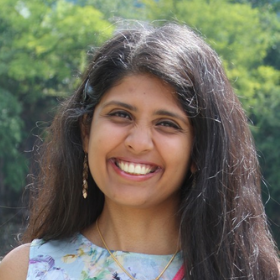
Dr Ashvini Keshavan
Author
Dr Ashvini Keshavan is a Post-doctoral clinical research associate and Neurology Registrar at University College London Institute of Neurology and National Hospital for Neurology and Neurosurgery. Her research involves the application of blood and cerebrospinal fluid testing to the questions of early detection, differential diagnosis and prognosis in dementia, particularly Alzheimer’s disease.

 Print This Post
Print This Post
